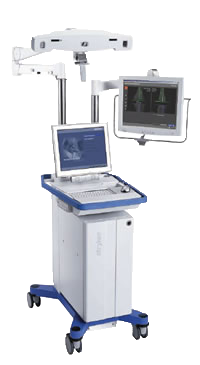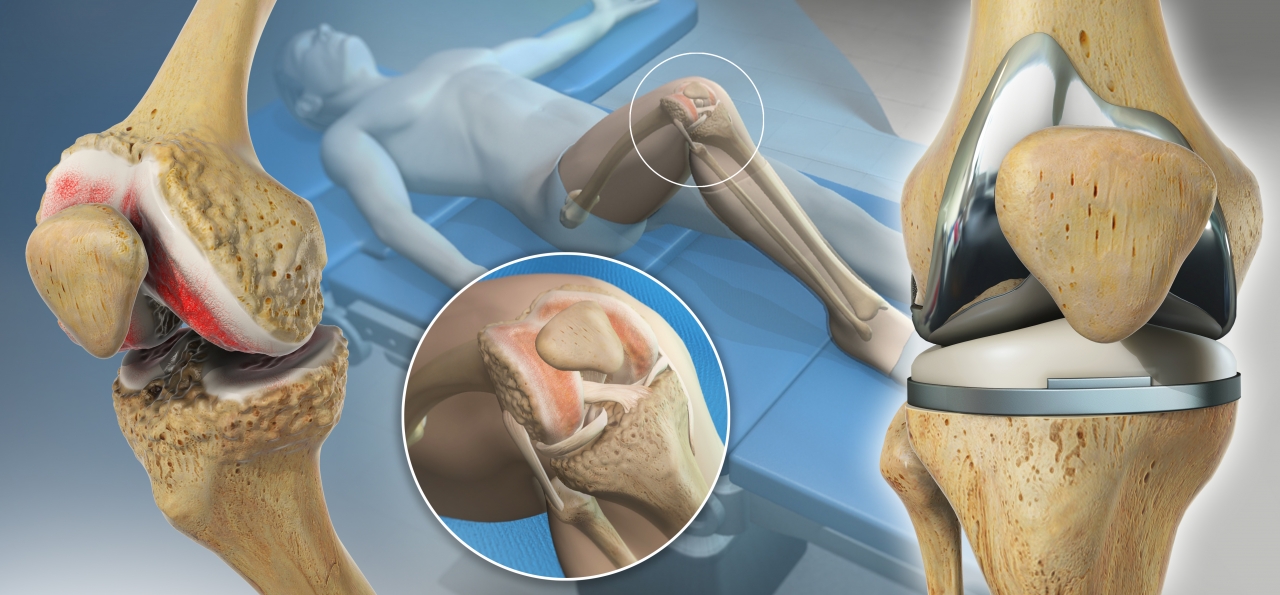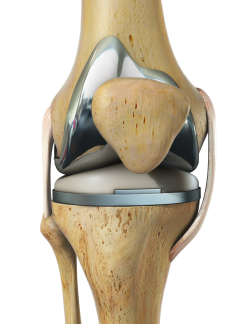What Happens During Surgery?
Stryker Navigation technology uses special tracking devices, providing your surgeon a comprehensive understanding of your joint mechanics in the operating room (OR). Armed with this information, your surgeon can make adjustments within a fraction of a degree, helping to ensure your new joint has the stability and range of motion needed for a successful replacement.
Specifically, the technology uses the latest advancements in science and computer engineering to make the procedure more accurate than joint surgery without it.
As the surgeon moves an instrument within your joint, special infrared trackers calculate its position and wireless instruments instantaneously transfer the data to a computer in the OR.
This information is then displayed on a monitor as an interactive model of the anatomy or “blueprint” that supplies the surgeon with all the angles, lines and measurements of your unique anatomy.
The surgeon will then replace the diseased bone with new, artificial joint components often called prostheses or implants. Joint implants are engineered to replicate a normal, healthy joint.

With certain techniques, your surgeon may use pins that hold trackers around the incision site of your joint. These temporary placeholders give the computer key information and may make the surgery even more exact, but it does mean the possibility of additional scarring at the pin points. Emerging technologies and alternative techniques may reduce the number of incisions and therefore reduce scarring. Talk to your doctor about these techniques.
What are the Potential Risks?
The risk factors associated with conventional total joint replacement remain. In addition, surgery time may be extended. Talk to your doctor about the types of joint surgery appropriate for you and the risks associated with any surgery.
For more information visit www.aboutStryker.com, and contact your doctor.



